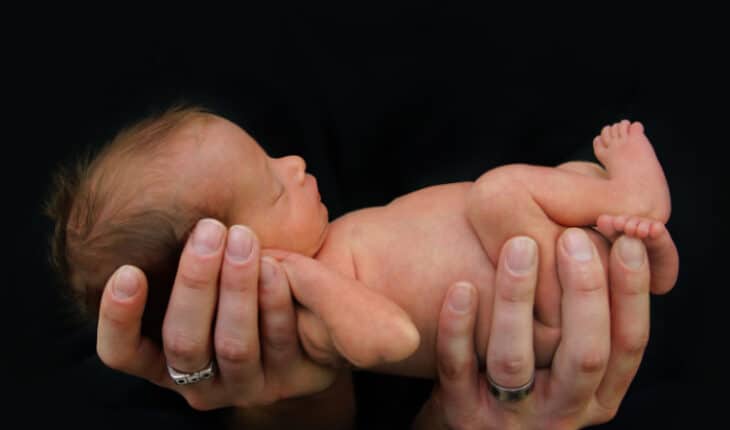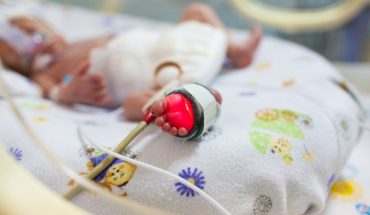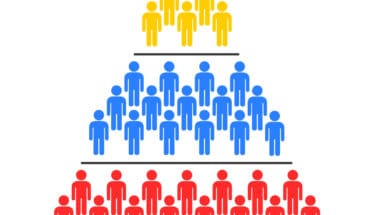Babies born preterm decreased slightly and stillborn rates unchanged during first wave of COVID-19 lockdowns.
Babies born preterm decreased and stillborn rates remained unchanged during the first four months of COVID-19 lockdowns, according to a large-scale international study.
The research of 52 million births from 26 countries, published in Nature Human Behavior, reported a 3-4 per cent reduction overall in preterm births, averting almost 50,000 preterm pregnancies during the first month of lockdown alone. But the decrease in preterm births was limited to only high-income countries including Australia.
The International Perinatal Outcomes in the Pandemic (iPOP) Study, one of the largest such studies of its kind, involved 167 collaborators across 42 countries. Murdoch Children’s Research Institute co-led the project alongside The Children’s Hospital Research Institute of Manitoba, University of Manitoba, The University of Edinburgh and UNSW Sydney.
Co-lead Murdoch Children’s Professor David Burgner said the decrease in preterm births could have been caused by fewer non-COVID infections due to improved hygiene practices and reduced air pollution during the lockdown period. Infections and air pollution were known to trigger inflammation, which contributed to premature births, he said.
“Every year there are about 14.8 million preterm births worldwide, meaning that even a modest reduction could have a large impact on global birth trends,” he said. “We estimate that nearly 50,000 preterm births were averted in the first month of lockdown.
“Understanding the underlying pathways linking lockdown with the reduction in preterm births could have implications for clinical practice and policy.”
The iPOP study recorded no difference in stillbirth rates among high-income countries. The stillbirth rate in Australia is about 7.2 per 1000 births, equivalent to about 2000 babies a year.
The study, one of the first large-scale analyses of birth outcomes during the early months of COVID-19, has given researchers an unprecedented look into global trends during the shifting pandemic landscape. Previous research relied on smaller datasets or on populations within a single socio-economic, regional or cultural group.
Study co-lead Dr Natalie Rodriguez, Director of Operations, Diversity & Inclusion at the THRiVE Discovery Lab at The Children’s Hospital Research Institute of Manitoba and University of Manitoba, said collaborative partnerships forged during the study would continue to strengthen and grow public health research around the globe long after the results were published.
“This is a legacy dataset,” she said. “The scale of data collected during the iPOP study will be utilised for future research projects for years to come.”
Study co-founder Dr Meghan Azad, from the University of Manitoba, said the study was developed at an astonishing speed, particularly given the scope of the collaborative partnerships.
“The iPOP study united and mobilised public health researchers in a truly unprecedented way,” she said. “This level of collaboration was grounded in a unified sense of purpose that couldn’t have happened at another period in history. Everyone was eager to do their part to support mothers and babies during a global health crisis.”
To encourage actionable policy and practice recommendations, the iPOP consortium worked closely with partners including the World Health Organization (WHO), the United Nations Population Fund, World Vision and the Public Health Agency of Canada.
More information about the research can be found on the study homepage including a summary of the study design.
Publication: ‘Changes in preterm birth and stillbirth during COVID-19 lockdowns in 26 countries,’ Nature Human Behavior. DOI: 10.1038/s41562-023-01522-y
- Combination of drugs could prevent thousands of heart attacks - 21st April 2025
- UQ Study Links Poor Teen Diets to Heavy Social Media Use - 21st April 2025
- Gut microbiome could delay onset of type 1 diabetes - 3rd April 2025






